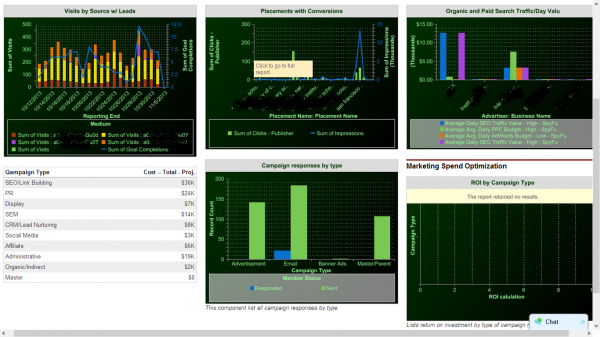We all know how to calculate Return on Investment, the difficulty comes in rounding up all the Returns and all the Investments. Agencies and marketers attempt to simplify things by calculating something called the Return on Ad Spend (ROAS), which includes only media costs paid to publishers. While it certainly makes everyone happy to see a high ROAS, it’s a red herring that should be tossed out before it starts to smell any worse.
How do you compare the ROAS of a Google AdWords buy to the more labor intensive efforts involved in a social media campaign? A trade show and its travel, time and production costs to those of a print ad? The only way to accurately begin to measure and predict true marketing ROI is to incorporate ALL marketing costs, including production, travel, fees, commissions, and, most importantly, the value of the time put against the campaign by you and your team. Once you begin to incorporate ALL the costs, you can compare the overall cost of a campaign and its projected or actual results to those of other marketing campaigns on a more equal footing. Two weeks of staff time to build and promote a new Facebook promotion, or would $10,000 in media and fees produce the same results? Sure, that trade show booth is only $5,000, but the associated costs of travel, production and staff time can far exceed the cost of the booth space.
On the Return side of the ratio, you may also want to expand your horizons and ascribe values to secondary activities, as well as to acknowledge (and measure) the indirect impact of your marketing in areas such as creating awareness, driving site visits and stimulating customer engagement. Some retail studies suggest that marketing campaigns may drive up to 7x more indirect, non-attributed sales than trackable orders. If you’re not attempting to model and account for that 7x how accurate can your projections be?
Start by working backward from an allowable cost per sale, and then use your knowledge of conversion rations to calculate a projected cost per lead, per engagement, and per visit. Determine the true cost of your staff on an hourly, weekly, or even project basis. Remember, there is opportunity cost in every decision to deploy staff against one campaign or objective vs. another. Add up ALL your marketing costs, divide them by the projected numbers of visits, engagers, leads, sales and even lifetime value of a new customer. If the numbers don’t pencil out, can you reasonably expect to make improvements in any of the phases of the marketing campaign, either through reducing costs or improving performance, that might bring them into line? How do your predicted costs per visitor/engager/lead/sale for this campaign compare to your overall averages? Often times it may be more effective to put additional money against an existing campaign than to allocate the resources necessary to create an entirely new effort.
It’s not that hard to calculate and predict marketing ROI once you have all the figures, and it’s worth the extra effort to ensure your results aren’t, shall we say, fishy?



Recent Comments